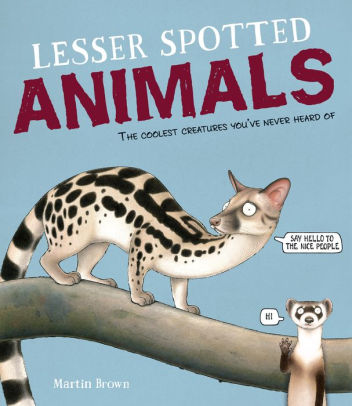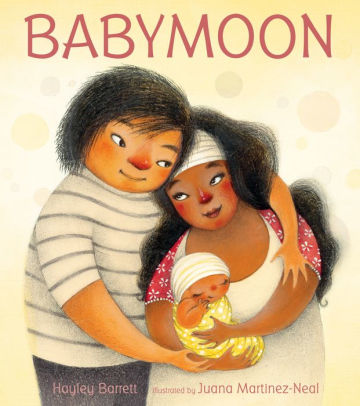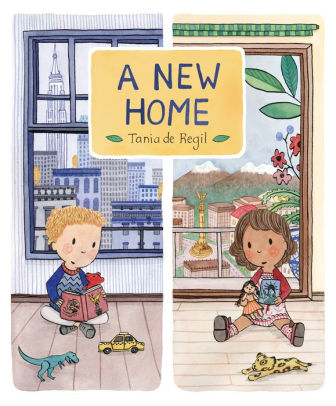978-0-7636-9761-7
$17.99
Once there was a little slip of a boy who roamed the streets of London, hungry for life (and maybe a bit of bread). His dad long gone and his actress mother ailing, five-year-old Charlie found himself onstage one day taking his mum’s place, singing and drawing laughs amid a shower of coins. There were times in the poorhouse and times spent sitting in the window at home with Mum, making up funny stories about passersby. And when Charlie described a wobbly old man he saw in baggy clothes, with turned-out feet and a crooked cane, his mother found it sad, but Charlie knew that funny and sad go hand in hand. With a lyrical text and exquisite collage imagery, Gary Golio and Ed Young interpret Charlie Chaplin’s path from his childhood through his beginnings in silent film and the creation of his iconic Little Tramp. Keen-eyed readers will notice a silhouette of the Little Tramp throughout the book that becomes animated with a flip of the pages. An afterword fills in facts about the beloved performer who became one of the most famous entertainers of all time.
It's interesting how historical characters sometimes seem to see a surge of popularity in children's books. I don't know that I remember seeing any about Chaplin in the last 15 years, but we currently have three on our "new books" shelf!
I also discovered recently that most, if not all, of Chaplin's films are in the public domain - this means you can have a movie fest without having to pay for a performance license! We are actually planning one in our little community next month.
Golio's and Young's work is a very readable biography starting in Chaplin's childhood and ending with the beginning of his career in the United States. It does not shy away from his difficult beginnings - extreme poverty, largely due to his mother's poor health, and landing them at one point in the poorhouse. Now there's a topic that will take some class discussion time! The sad parts are balanced with happy moments, however: as Golio writes, "And Charlie began to understand/How Funny and Sad went hand in hand." Always along the way we can see what Chaplin earned from each situation, and how he was able to use it later.
The afterward mentions a bit more about Chaplin's film and composing career, but does not mention his politics. Older children may find parts of that interesting - and perhaps be a bit outraged by the backlash that resulted in his cutting ties with the United States for many years!
If you can't guess from the cover art, the illustrations are eye-catching throughout. A mix of collage, muted ink, and paper cutting. People are shown with few to no facial features, and often simply in silhouette, yet the illustrations as a whole convey deep feeling.
Overall an engaging and attractive addition to your picture book biographies!


















